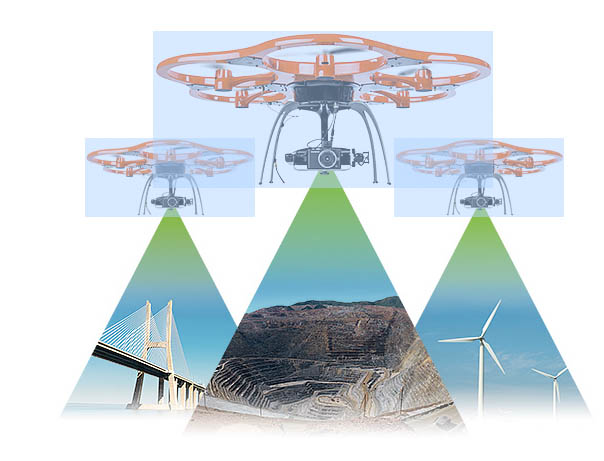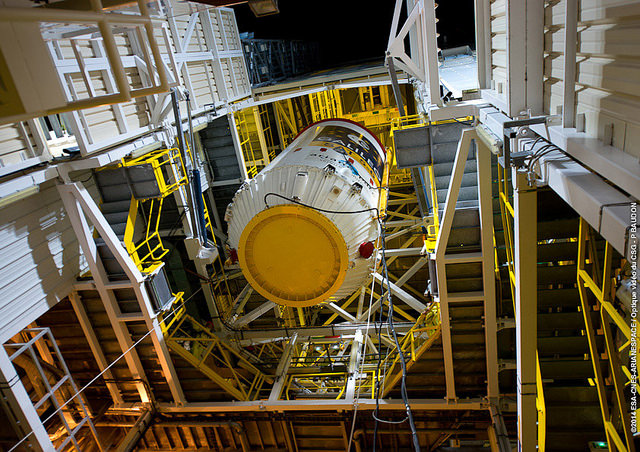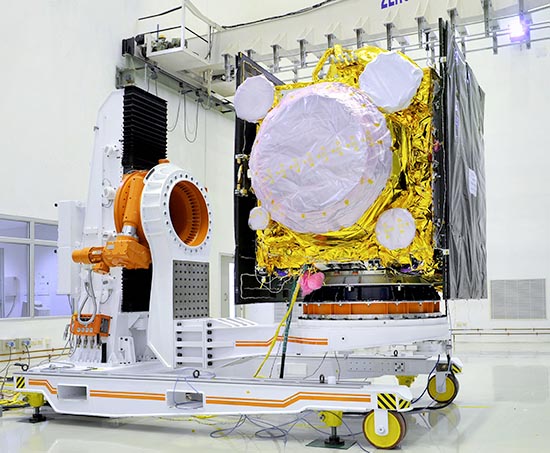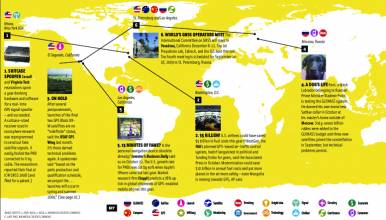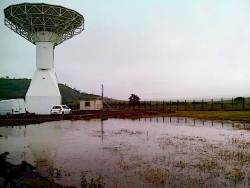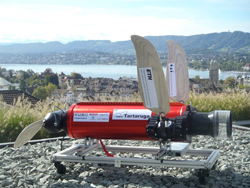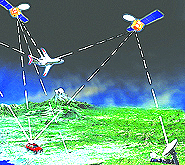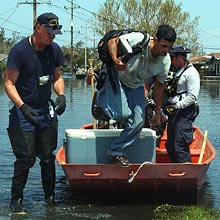Raytheon UK Announces Upgraded GPS Anti-Jam Technology
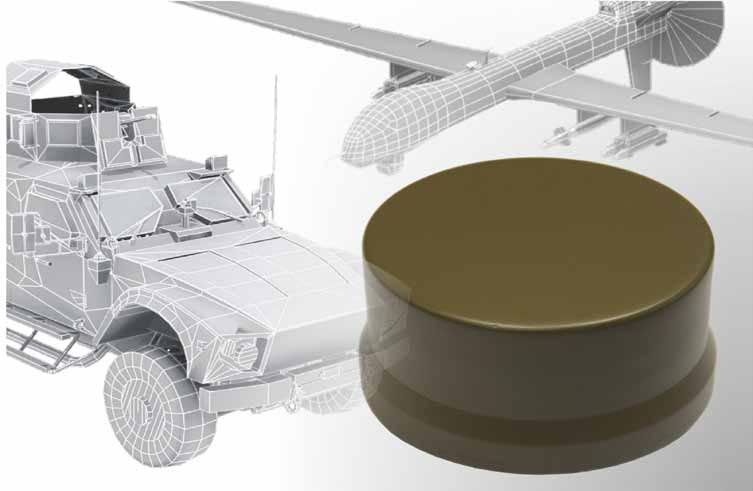
Raytheon UK launched a new enhanced version of its battlefield GPS L1/L2 anti-jam (GPS-AJ) capability, Landshield, this week (October 13–15) at the annual conference of the Association of the U.S. Army (AUSA 2014) in Washington, D.C.
A multi-element antenna with the anti-jam processing in a single small “one-box” form factor that interfaces at the RF level, Landshield is designed to enable GPS equipment to function unimpaired against a full range of hostile jammer types including narrow band, broadband, continuous wave, pulse, swept, and spectrally matched.
By Inside GNSS

